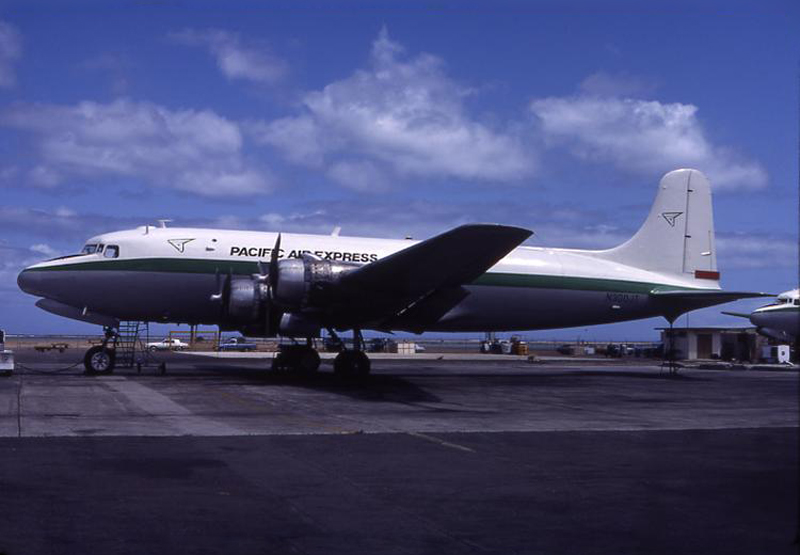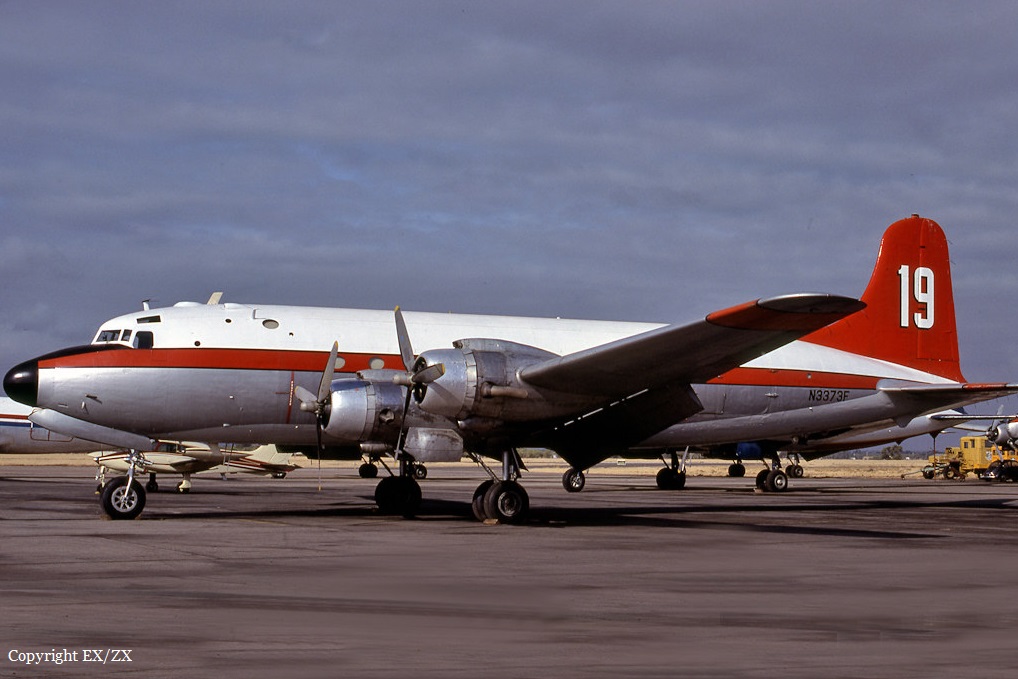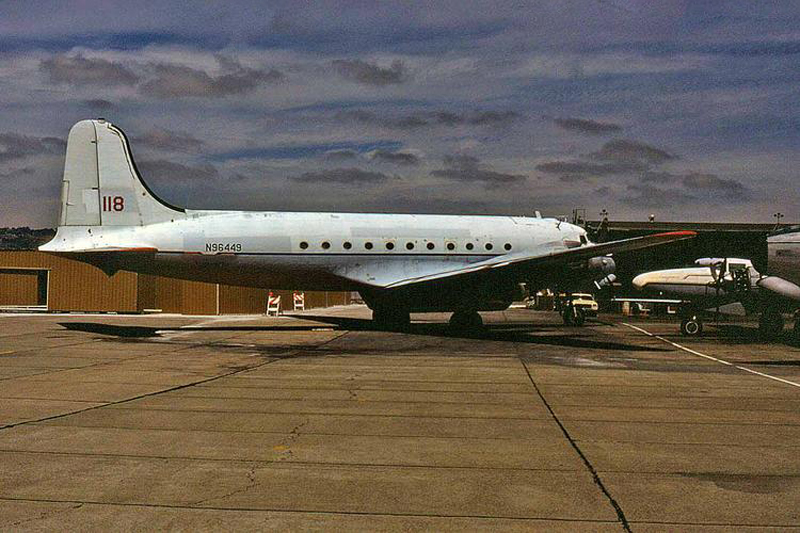Crash of a Douglas EC-54U Skymaster in Cochabamba: 1 killed
Date & Time:
Jan 13, 1984
Registration:
CP-1090
Survivors:
Yes
Schedule:
Cochabamba - La Paz
MSN:
36036
YOM:
1945
Crew on board:
3
Crew fatalities:
Pax on board:
0
Pax fatalities:
Other fatalities:
Total fatalities:
1
Circumstances:
After takeoff from Cochabamba-Jorge Wilsterman Airport, while climbing, the engine n°2 failed. The crew was cleared to return for an emergency landing but the aircraft was unstable on final. Upon touchdown, the aircraft went out of control, veered off runway to the left and came to rest in a drainage ditch. A crew member was killed while two others were injured.
Probable cause:
Failure of the engine n°2 after takeoff for unknown reasons.








